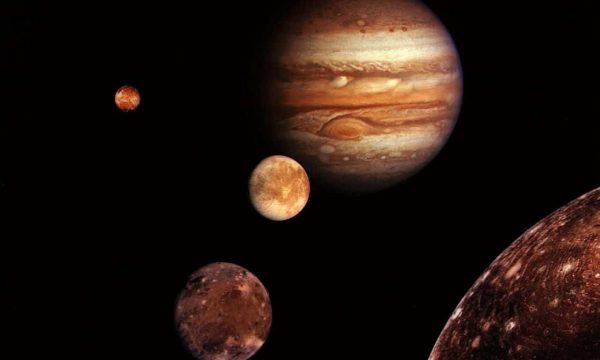
How many moons does each planet have?
Last Updated: January 21, 2022
Our solar system is an interesting place to explore because it is rich with celestial bodies of varying properties. Asteroids come in abundance in all shapes and sizes while planets are few and spherical. The handful of natural satellites that faithfully orbit their host planets (and sometimes, even asteroids) are also spherical, but much smaller than their planets.
In our system, almost all major planets have moons. Many are naturally born from the leftover gas and dust from the planet’s formation. Few others such as Saturn’s Phoebe belonged to the Kuiper Belt and is believed to have been captured by the gas giant.
Our planet itself has one natural satellite, but larger gas giants such as Saturn and Jupiter have dozens of them. Generally speaking, the larger the planet, the greater the chance of finding moons orbiting it.
Although small, these moons are interesting yet mysterious worlds of their own. Although many are too small to have significant atmospheres, astronomers are contemplating specific missions to moons like Europa to see if they are suitable for life. Let’s visit some of these beautiful worlds.
What is a moon?
While a basic definition may say that any celestial object that revolves around a planet is a moon, that would mean dust particles would also fall under this category, and that would be incorrect.
Since the early 1900s, the International Astronomical Union (IAU) has held the power and responsibility to name planets and their satellites. According to IAU, a moon must satisfy the following three criteria to be called a moon (adopted from IAU’s definition of what makes a planet):
- It must be in a heliocentric orbit (it must revolve around its planet, and together both revolve around the Sun).
- It should be roughly spherical in shape, but smaller than the planets (if its size is comparable to its host planet, then it would be a planet by itself, not a moon). Exception: captured asteroids don’t satisfy this criterion.
- It has to be massive enough to clear most of its orbit of debris so that it is the dominant celestial body in its orbit.
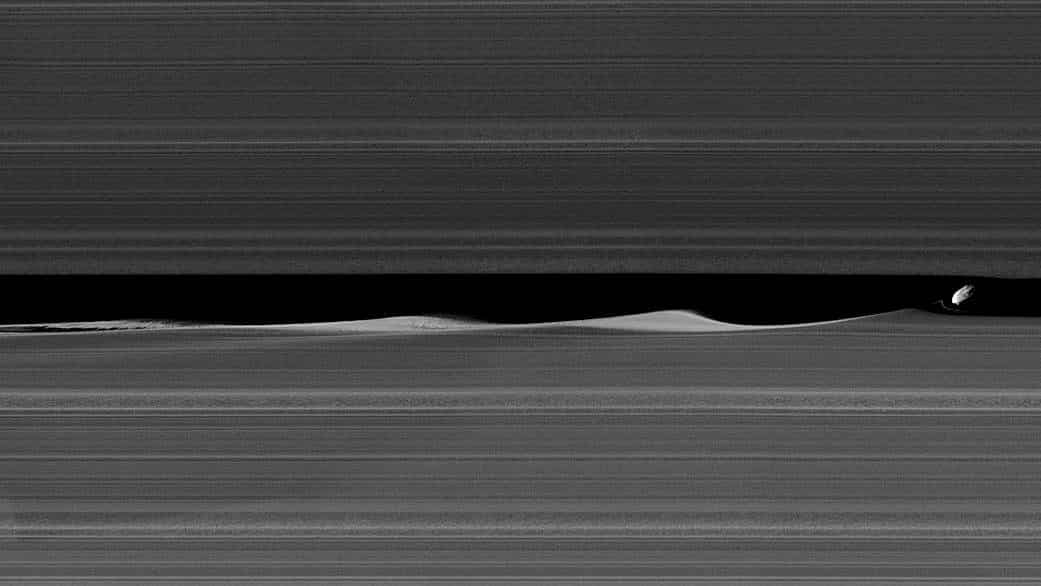
Even moons that are in between a planet’s rings, such as Saturn’s Daphnis, clear their orbit from debris. Source: NASA
How many moons do the inner planets have?
The inner planets are Mercury, Venus, Earth, and Mars. Moons start appearing from Earth and beyond.
Mercury has no moons
Mercury is too close to the Sun and too tiny to be able to hold a moon in orbit around it. Any celestial object that attempts to revolve around Mercury would find itself crashing into the planet or be pulled into an orbit around our Sun (and eventually crash into the Sun too).
Venus has no moons
Some scientists say that Venus (which orbits the Sun at 67 million miles) is still too close to the Sun, and any moon that the planet might have had would have been destroyed by tidal gravitational forces.
Some theories hold that there might have been an escaped moon in Venus’ history. Venus might have experienced two major impacts.
The first had it spinning counterclockwise and created a moon, and the second reversed its direction to a clockwise spin. But the second impact would have changed the gravitational interactions between Venus and its moon, causing it to either drift away or crash into the planet).
Earth has one moon
Earth is the first planet from the inner solar system to possess a natural satellite. Earth’s natural satellite is called Moon because at the time of its discovery our moon was the only one known. Our Moon formed when a small planet the size of Mars impacted Earth. This impact launched some of Earth’s outer material into space, where it morphed into our moon.
A recent model suggests that this impact distorted Earth a little bit, and by extension, its gravitational field. This distortion allowed our planet to hold onto its moon.
Mars has two moons
Mars, which is named after the Roman god of war, has two known moons: Phobos and Deimos, also inspired by Roman mythology. Phobos means fear and Deimos refers to terror. The American astronomer Asaph Hall discovered the two moons in 1877, and their irregular shape and carbon-rich composition suggest that they may be captured asteroids.

Mars and its two moons. Source: NASA
Phobos
With a diameter of 14 miles, Phobos whips around Mars at a rapid 8 hours from a distance of 6,000 km (3,700 miles). It is the only moon in the entire solar system to orbit this close to its host planet.
Due to its short distance, Mars is exerting strong gravity on Phobos. Astronomers predict that in another 50 million years, the moon will either crash into Mars or crumble to pieces and remain in orbit.
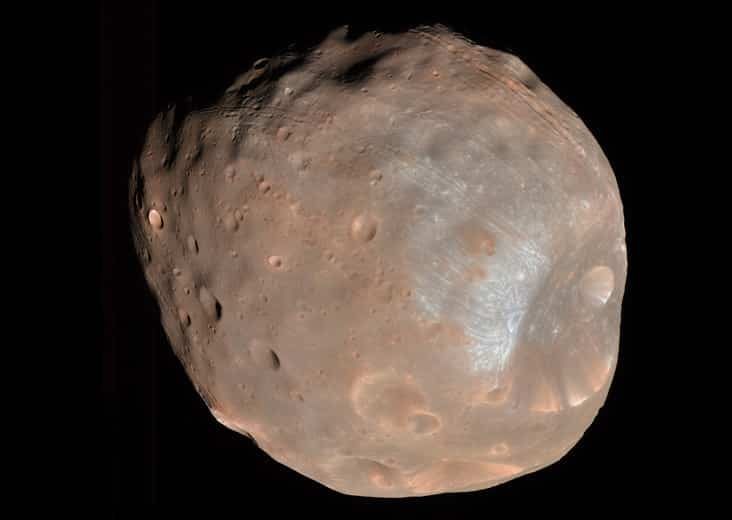
Deimos
Deimos is 7.7 miles in diameter and orbits Mars at 48 million miles, a distance from which it takes 30.3 hours to complete an orbit. The moon’s gravity is so low that the ejecta from any meteorite impact will escape into space instead of settling on the moon’s surface.
Like Phobos, Deimos’ composition reveals that it is also an asteroid from the outer asteroid belt.
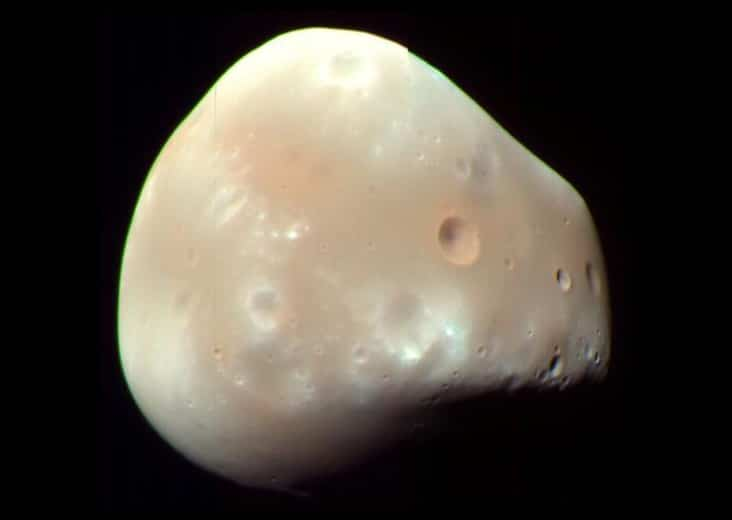
How many moons do the outer planets have?
The planets in the outer solar system: Jupiter, Saturn, Uranus, and Neptune, have more natural satellites than the inner terrestrial planets. That’s because they formed in the outer, colder region of our solar system where water froze to ice (instead of becoming steam like near the terrestrial planets).
Since water in its ice form accretes more easily and the giant nature of the outer planets left a rich surrounding disk after their formation, the leftover material morphed into tiny moons that we see today. Most of the moons have circular orbits on their planet’s equatorial plane, with a handful above and below.
The gas giants are true to their name: they are very large. As a result, their gravitational pull sometimes captures passing asteroids (the irregular moons and satellites).
Jupiter has 79 moons
Jupiter has 79 moons in total — 53 named and 26 in the waiting line to receive official names. Of them, the four largest moons — the Galilean moons — are studied the most. They are Io, Europa, Ganymede, and Callisto.
Out of all the known moons in the solar system, Io is the most volcanically active, and colorful too!
Europa is one of the moons being considered for possibilities of life. What we see on the surface is ice, but astronomers say there may be a salty ocean underneath, protected from freezing by the icy layer above and kept warm by Jupiter’s tides.
We then move on to Ganymede, the largest moon in our solar system. With a diameter of 3,273 miles, Ganymede is so huge that it boasts its own magnetic field — the only known moon to do so.
With a diameter of 2,990 miles, Callisto is Jupiter’s second-largest moon with a surface completely dotted with craters.
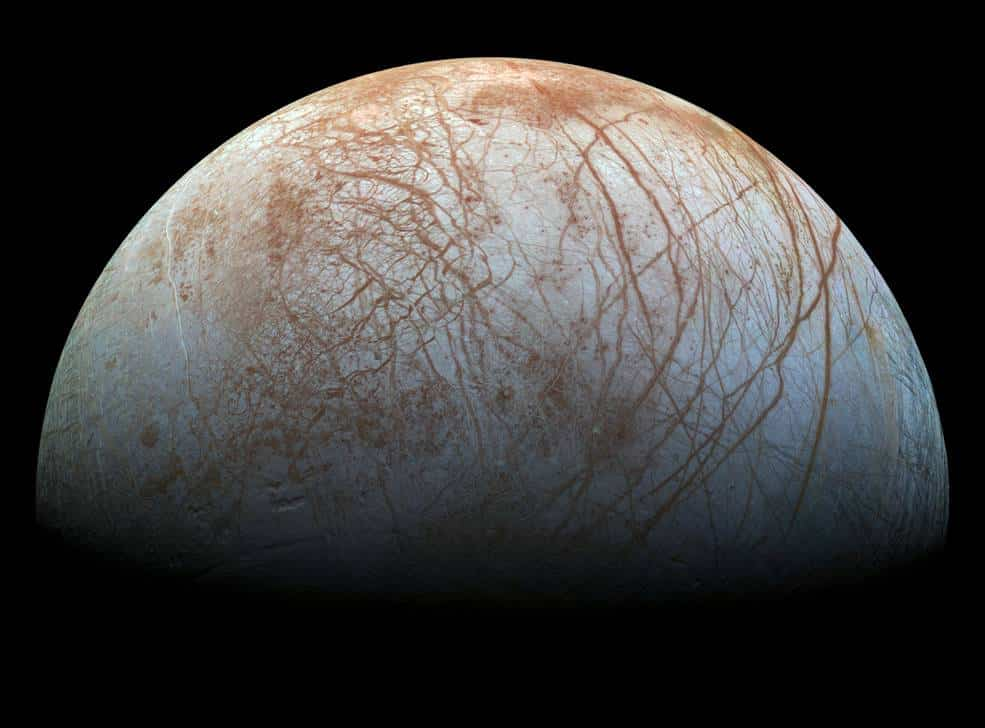
Europa. Source: NASA
Saturn has 82 moons
Saturn has 82 moons in total — 53 of which are confirmed and 29 are awaiting official names. Their size ranges from 123 miles (Mima) to 1,600 miles (Titan). Two are studied the most: Enceladus and Titan.
Enceladus
We learned earlier that Europa might have an ocean hidden underneath its icy structure. Enceladus sprinkles its own ocean into space, so much so that it has a ring of ice particles in an orbit around itself. It is also the most reflective moon in our system; because it reflects so much of the sunlight, the surface temperature is as low as -330℉.

Titan
Titan is Saturn’s largest moon, and the only moon in our system to have liquid rivers and seas like Earth. But Titan’s seas are made of methane and ethane (and not water). Water is thought to be buried underneath its surface — that’s where scientists are looking for potential for life.
Uranus has 27 moons
Uranus has 27 known and named moons, and the names for most of them are inspired by mythological characters, plays, and poems. Ophelia and Puck come from Shakespeare’s plays, Belinda and Ariel come from Alexander Pope’s poems. The ones that are most studied are Miranda, Ariel, Umbriel, Oberon, Cordelia, and Ophelia.
Neptune has 14 moons
Of the 14 moons that orbit Neptune, Triton is the most famous. It has a reflective surface like Enceladus and as a result, is the coldest known moon in our system with a temperature of -400℉. It is also the only moon that orbits its planet in a direction opposite to the planet’s rotation.
Pluto has 5 moons
Pluto has 5 natural satellites in total: Charon, Nix, Kerberos, Styx, and Hydra. Charon is the largest and innermost moon among the 5.
How many moons are there in the universe?
We do not have the technological capability to determine the exact number of natural satellites in our universe. However, we know that there are about 2 trillion galaxies in the universe, and each of those galaxies may contain at least 100 billion stars. These stars could be host to one or more planets, and each of these planets could have anywhere between 1 to several hundred moons.
Based solely on those hypothetical numbers, we can conclude that the number of moons in the universe could easily exceed 1 trillion.
Conclusion
Among the wide variety of celestial objects found in our solar system, we have 210 moons (Earth 1, Mars 2, Jupiter 79, Saturn 82, Uranus 27, Neptune 14 and Pluto 5) of varying sizes, shapes, and properties.
What all of them have in common is their faithful orbit around their host planets. Some are exciting places to search for life, but many are fascinating worlds of their own.
Frequently Asked Questions
What is the smallest moon?
With just 7.7 miles in diameter, Mars’ moon Deimos is one of the smallest known moons in our solar system.
What is the largest moon?
With a diameter of 3,273 miles, Jupiter’s moon Ganymede is the largest moon in our solar system.
Which planet has the most moons?
Saturn has the most number of moons: 82 moons orbit the ringed planet.

I’ve been fascinated by space and astronomy from a very young age. When I’m not watching space-themed documentaries, movies or TV series, I spend most of my free time in my backyard admiring the planets and galaxies with my telescope.
Wow! There's more to read 🚀
This page is part of our collection of articles about astronomy. If you enjoyed the read, then you’ll love the following articles.
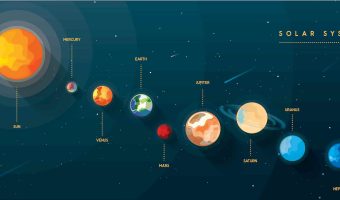
Is the order of the planets important? In a way, yes, for the stability of our solar system is entirely based on where each planet is currently located.
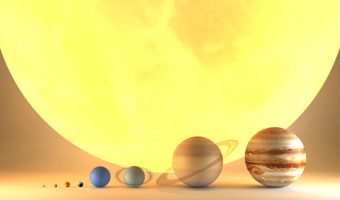
The main actor in our solar system is the Sun since it contains 99% of all matter. Let’s talk about how big our sun is.
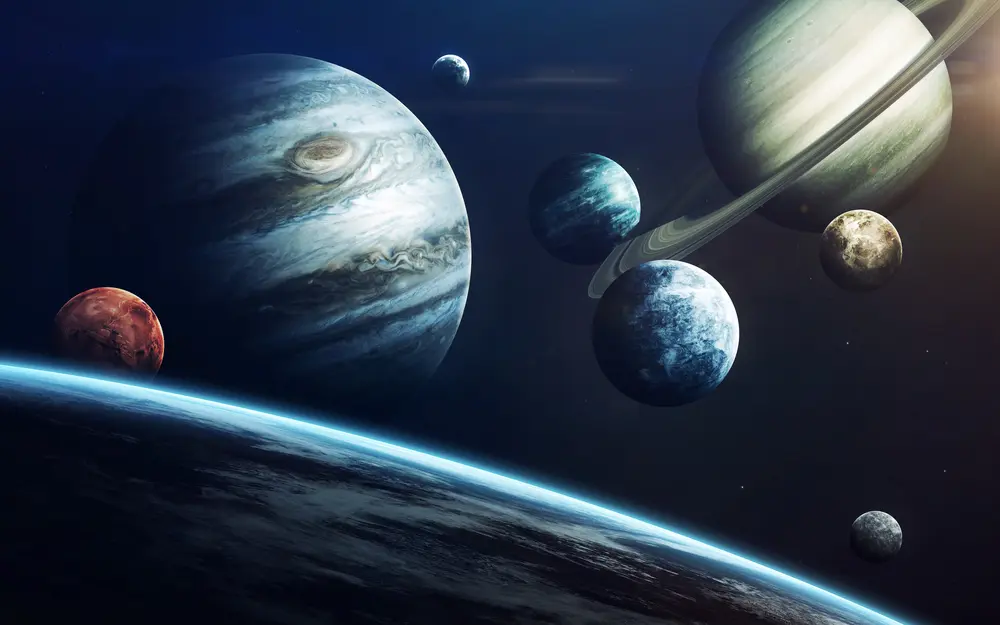
The planets are divided into 2 groups: the inner planets and the outer planets. Today, we’ll take a closer look at what sets them apart.
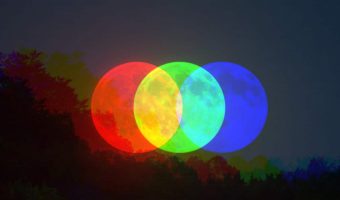
Everyone knows that the Moon is mostly gray. However, if you look closer, there may be a few other different shades up there.
